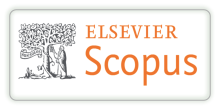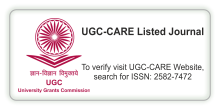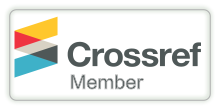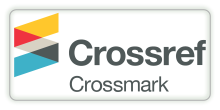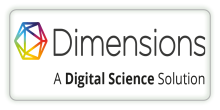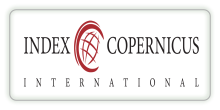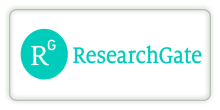ENHANCED UNSUPERVISED K-MEANS CLUSTERING ALGORITHM
DOI:
https://doi.org/10.29121/shodhkosh.v5.i1.2024.2867Keywords:
Dynamic Clustering, Optimal Clusters, Clustering, K-Means Clustering, Algorithms, Computational EfficiencyAbstract [English]
K-Means clustering is an unsupervised learning algorithm for distinguishing data into separate groups called clusters based on similarity. However, the need to specify the cluster count (K) beforehand highly affects the effectiveness of the algorithm, which can be challenging in practice. In our manuscript, we introduce an improved iteration of the K-Means algorithm, which incorporates the elbow method to autonomously identify the required number of clusters during the clustering procedure. Our approach also incorporates optimization techniques to improve computational efficiency. The experimental findings substantiate the efficacy of our refined algorithm in automatically identifying the precise count of clusters while reducing computational overhead compared to traditional methods.
References
Kristina P Sinaga, Miin Shen Yang. “Unsupervised k-means clustering algorithm.” IEEE Access (2020). DOI: https://doi.org/10.1109/ACCESS.2020.2988796
Taher M Ghazal, Muhammad Zahid Hussain. “Performances of k-means clustering algorithm with different distant metrics.” IASC (2021). DOI: https://doi.org/10.32604/iasc.2021.019067
Fahim A M, Salem A M, Torkey F A, Ramadan M A. “An efficient enhanced k-means clustering algorithm.” J Zhejian Univ SCIENCE A (2006). DOI: https://doi.org/10.1631/jzus.2006.A1626
Jianpeng Qi, Yanwei Yu, Lihong Wang, Jinglei Liu. “K*-means: An effective and efficient k-means clustering algorithm.” IEEE International conferences on BDCloud, SocialCom, SustainCom (2016).
Giuliano Laccetti, Marco Lapegna, et al. “Performance enhancement of a dynamic k-means clustering algorithm through a parallel adaptive strategy on multicore CPUs.” Journal of Parallel and Distributed Computing (2020). DOI: https://doi.org/10.1016/j.jpdc.2020.06.010
A. Fahad, N. Alshatri, Z. Tari, A. Alamri, I. Khalil et al., “A survey of clustering algorithms for big data: taxonomy and empirical analysis.” IEEE Transactions on Emerging Topics in Computing. (2014). DOI: https://doi.org/10.1109/TETC.2014.2330519
Hastie, T., Tibshirani, R., & Friedman, J. “The elements of statistical learning: data mining, inference, and prediction” (2nd ed.). Springer.(2009). DOI: https://doi.org/10.1007/978-0-387-84858-7
Downloads
Published
How to Cite
Issue
Section
License
Copyright (c) 2024 Dr. Gowsic K, Mugunthan S, Sakthivel Logavaseekarapakther, Puviyarasu A, Mohammed Farook R

This work is licensed under a Creative Commons Attribution 4.0 International License.
With the licence CC-BY, authors retain the copyright, allowing anyone to download, reuse, re-print, modify, distribute, and/or copy their contribution. The work must be properly attributed to its author.
It is not necessary to ask for further permission from the author or journal board.
This journal provides immediate open access to its content on the principle that making research freely available to the public supports a greater global exchange of knowledge.





